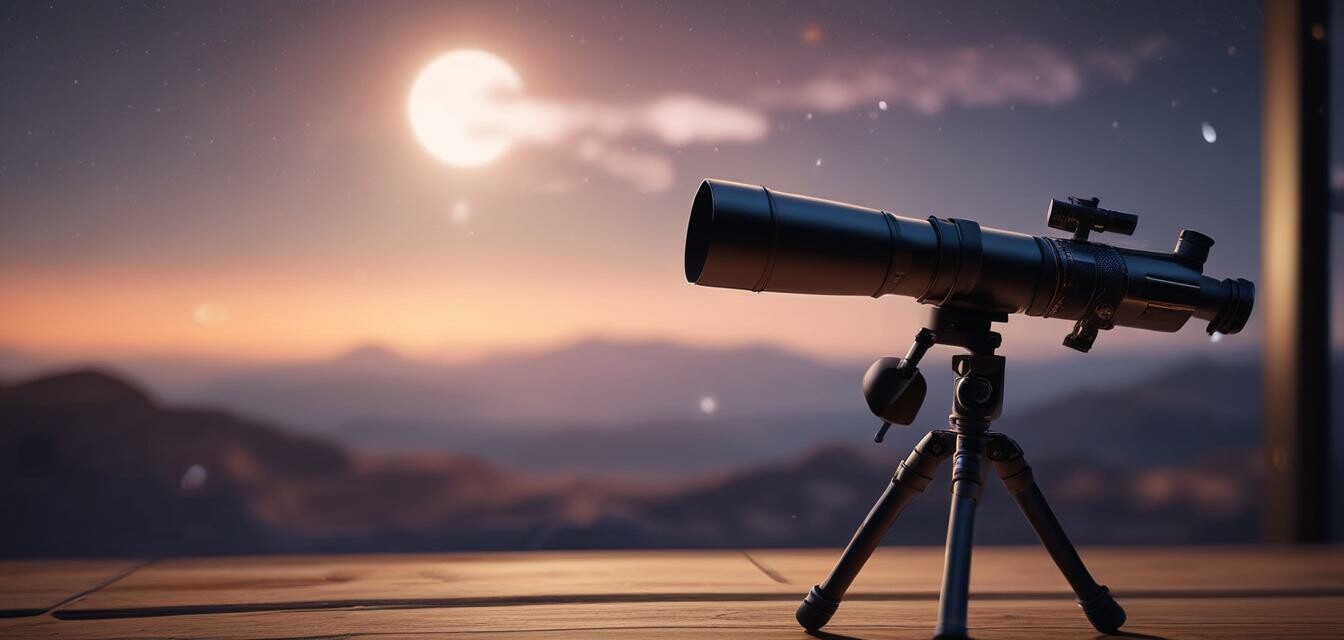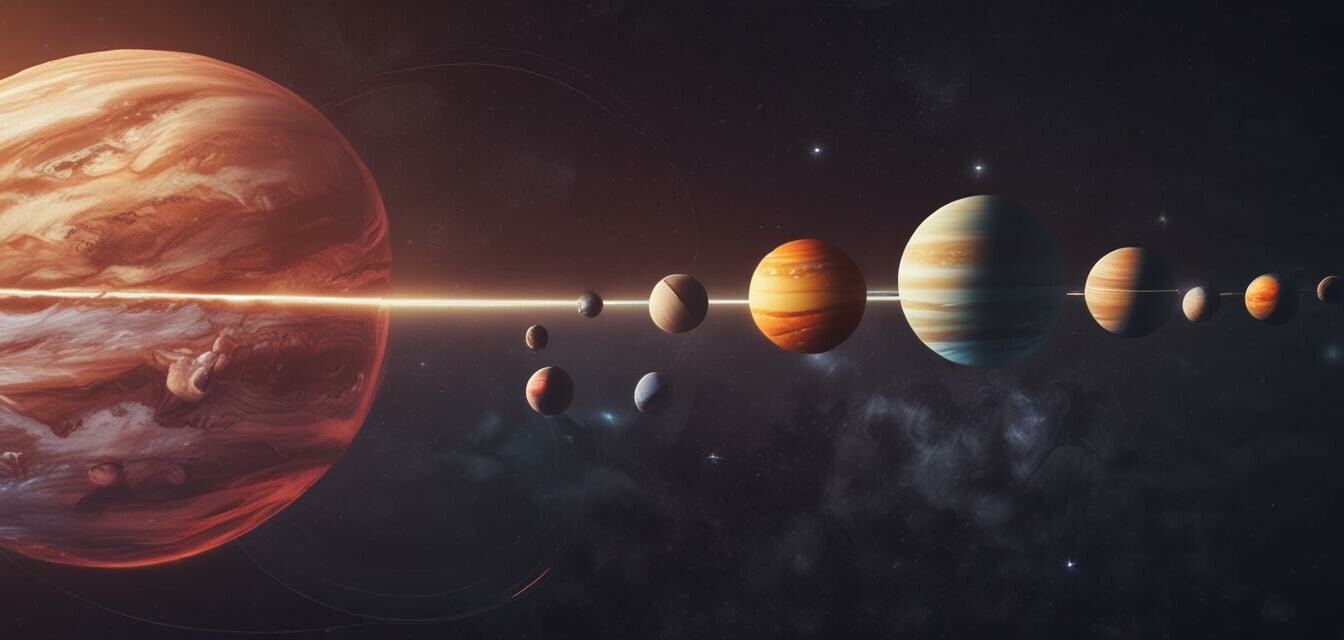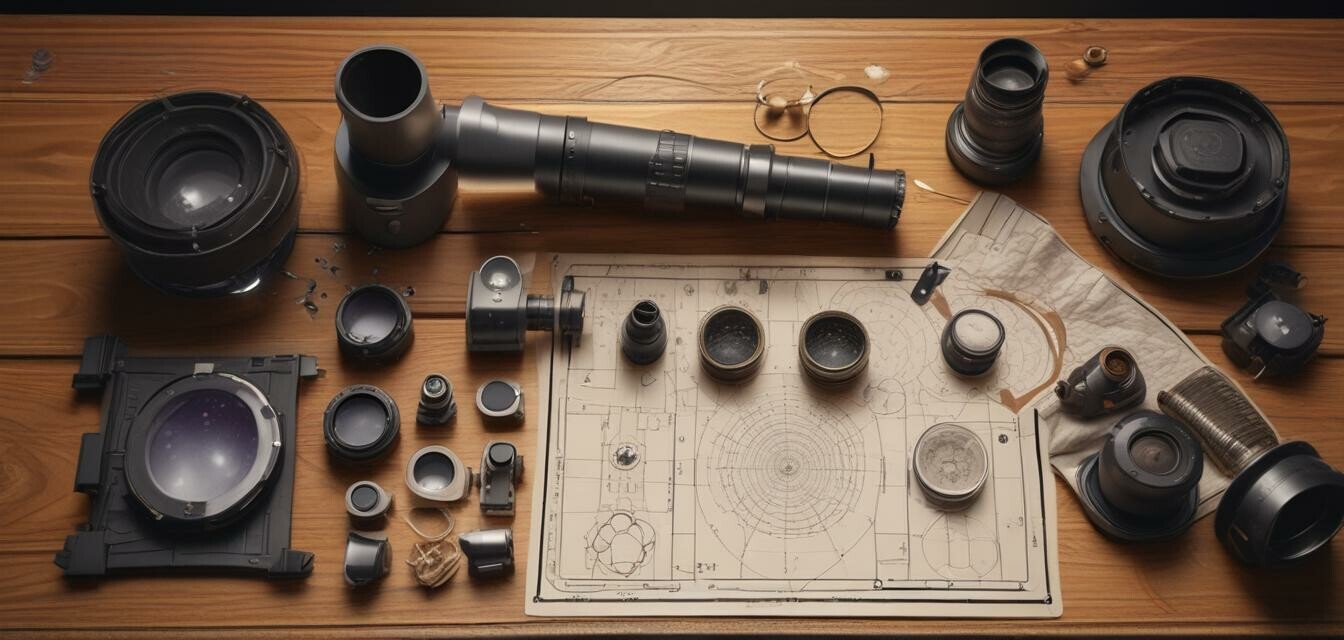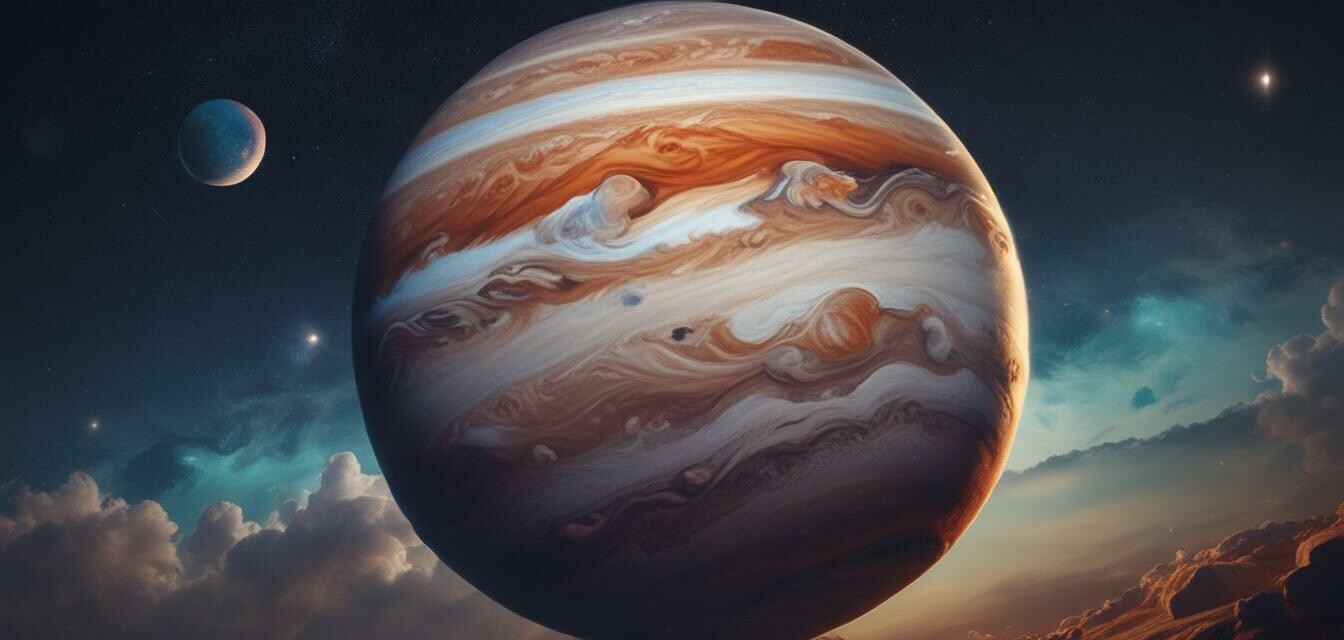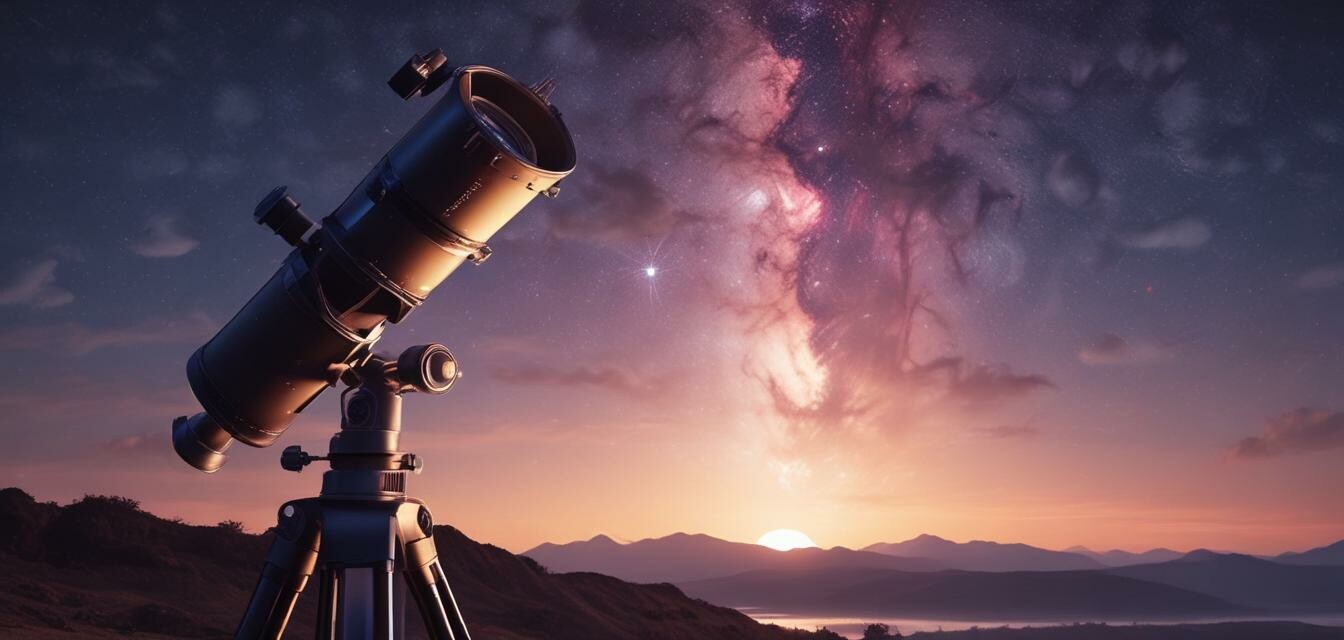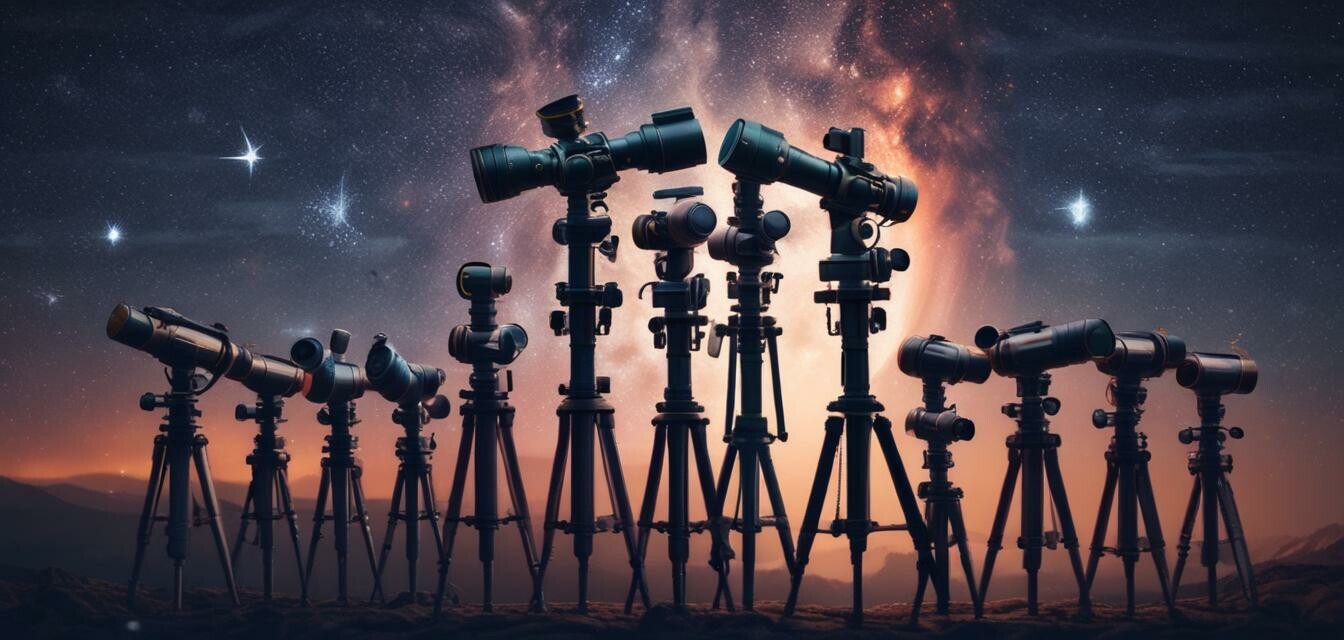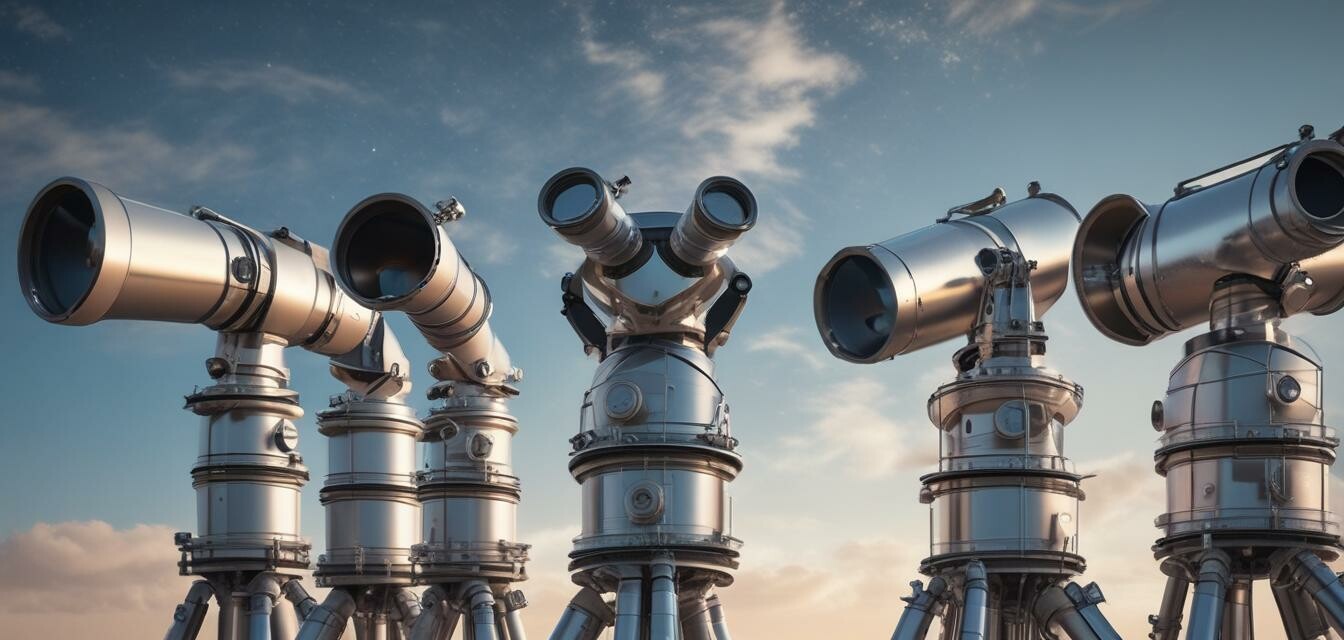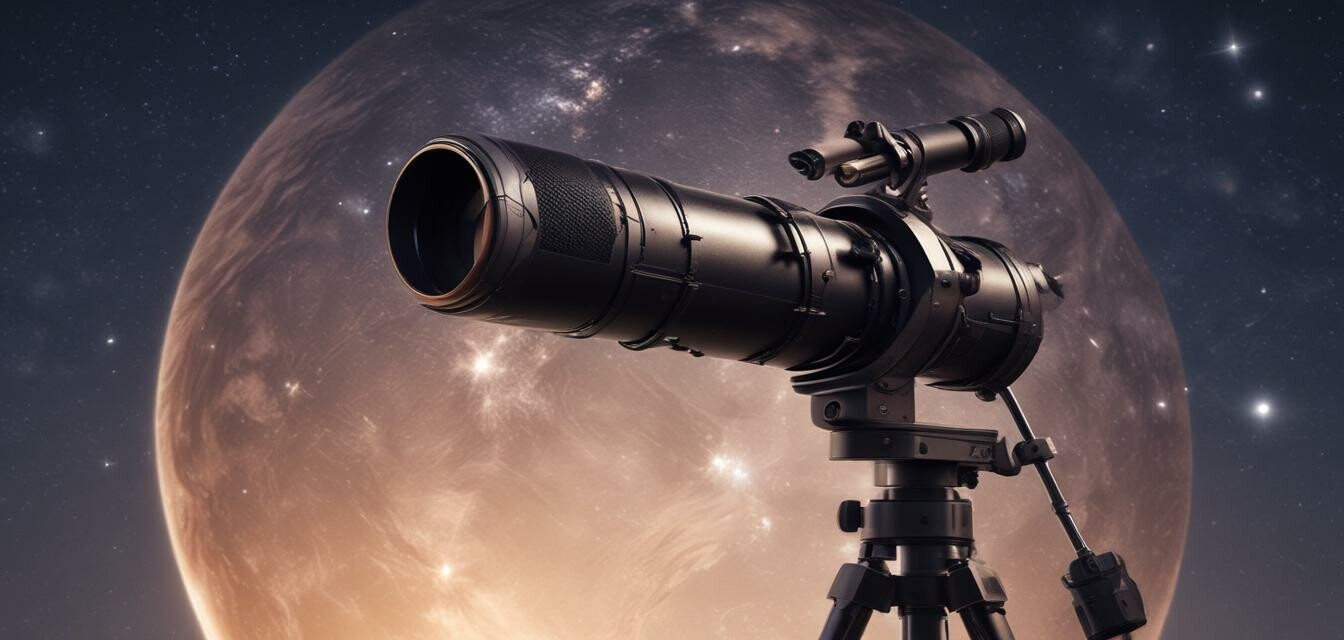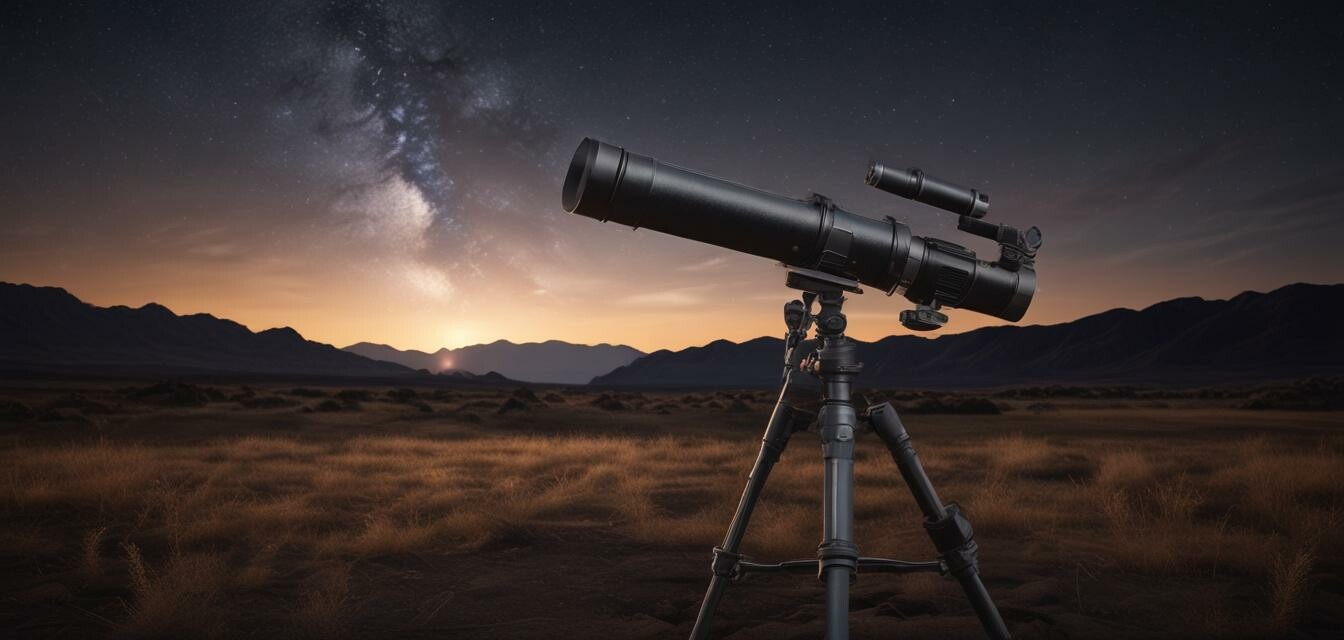
Best Telescopes for Planet Viewing
Welcome to our comprehensive guide to the best telescopes for viewing planets! With so many options available, it can be overwhelming to choose the right one for your needs. In this article, we'll break down the key features to look for and provide you with a list of the top telescopes for planet viewing.
Key Takeaways
- Aperture is the most important factor in determining a telescope's ability to view planets.
- Refractor, reflector, and catadioptric telescopes are the three main types of telescopes for planet viewing.
- Additional features such as computerized altazimuth mounts and planetary filters can enhance your viewing experience.
What to Look for in a Telescope for Planet Viewing
When it comes to viewing planets, you'll want a telescope that can provide clear and detailed images. Here are the key features to look for:
| Feature | Description |
|---|---|
| Aperture | The diameter of the primary mirror or lens, which determines the telescope's light-gathering ability. |
| Type | Refractor, reflector, or catadioptric, each with its own strengths and weaknesses. |
| Mount | Altazimuth or equatorial, which affects the telescope's ease of use and tracking ability. |
| Additional Features | Planetary filters, moon filters, and computerized controls can enhance your viewing experience. |
Type of Telescopes for Planet Viewing
There are three main types of telescopes for planet viewing: refractor, reflector, and catadioptric. Each has its own strengths and weaknesses.
| Type | Description | Pros | Cons |
|---|---|---|---|
| Refractor | Uses a lens to focus light. | Sharp images, good for planetary viewing. | Generally more expensive, can suffer from chromatic aberration. |
| Reflector | Uses a mirror to focus light. | Less expensive, larger apertures possible. | Can be bulky, may require more maintenance. |
| Catadioptric | Uses a combination of lenses and mirrors. | Compact, portable, and versatile. | Can be more expensive, may have optical aberrations. |
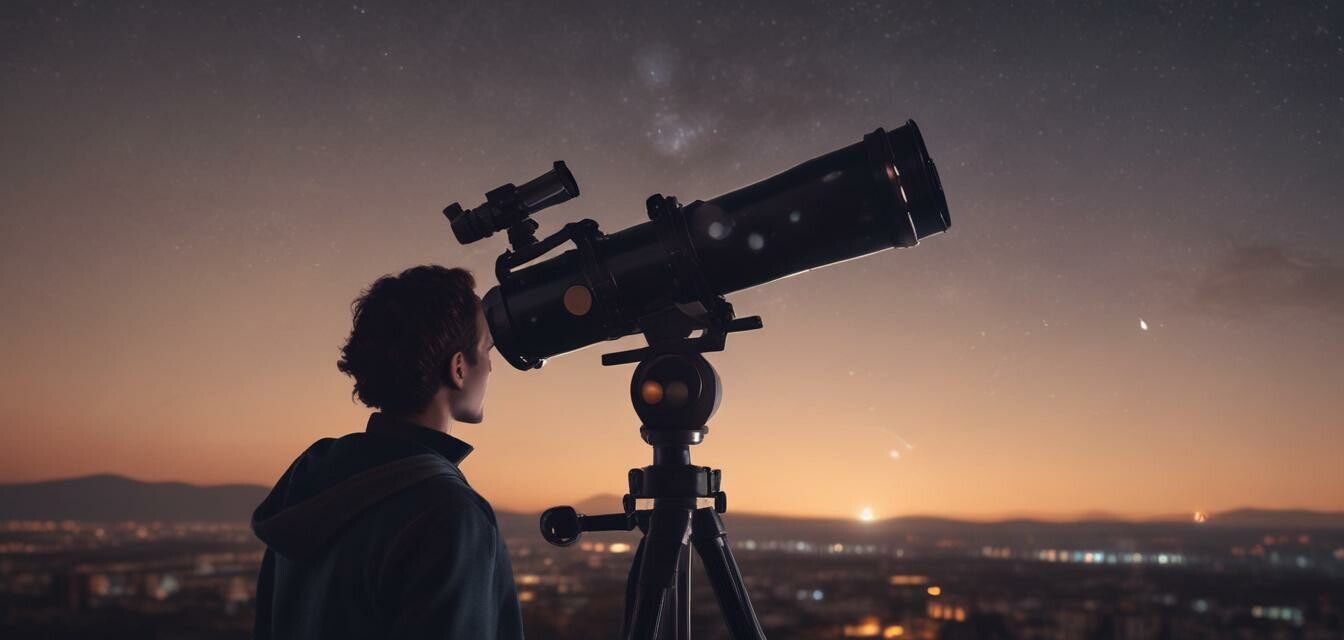
Additional Features to Consider
In addition to the type of telescope, there are several additional features to consider that can enhance your planet viewing experience.
- Computerized altazimuth mounts: allow for easy tracking and location of celestial objects.
- Planetary filters: help to reduce glare and enhance planetary details.
- Moon filters: reduce the brightness of the moon, making it easier to view.
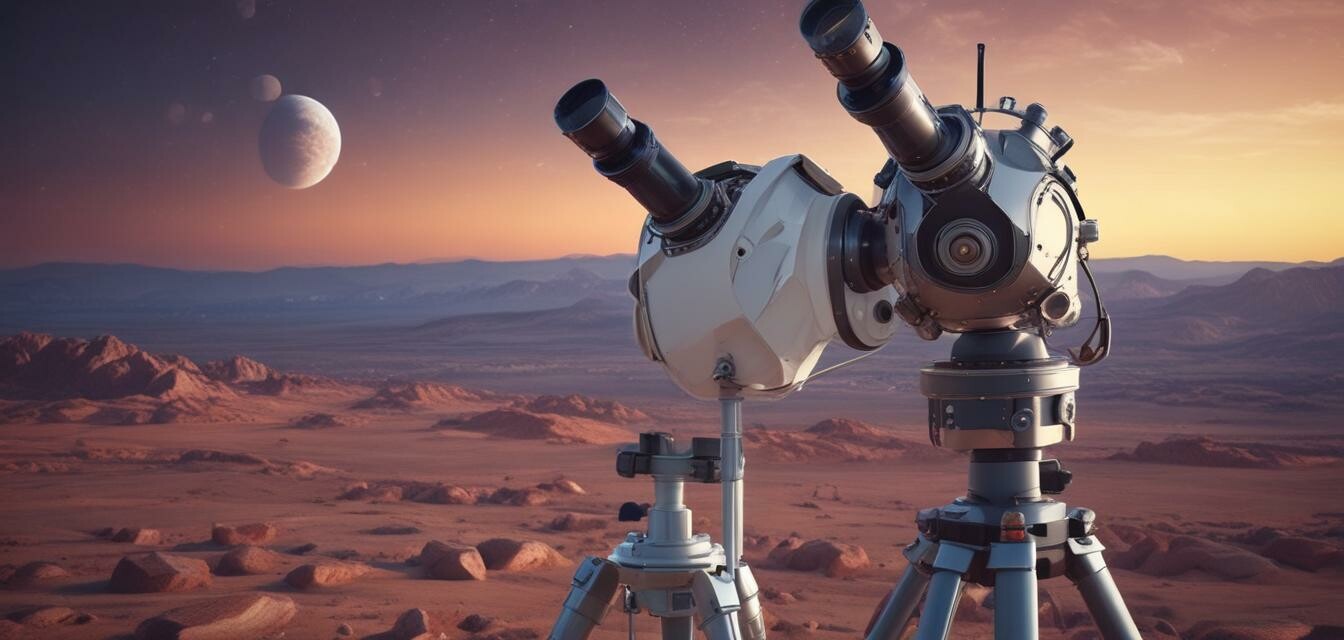
Best Telescopes for Planet Viewing
Based on our research, here are some of the best telescopes for planet viewing:
- Orion 8945 SkyQuest: a reflector telescope with a large aperture and good image quality.
- Celestron NexStar 130mm: a catadioptric telescope with a large aperture and computerized controls.
- Meade Instruments Infinity 102mm: a refractor telescope with a large aperture and good image quality.
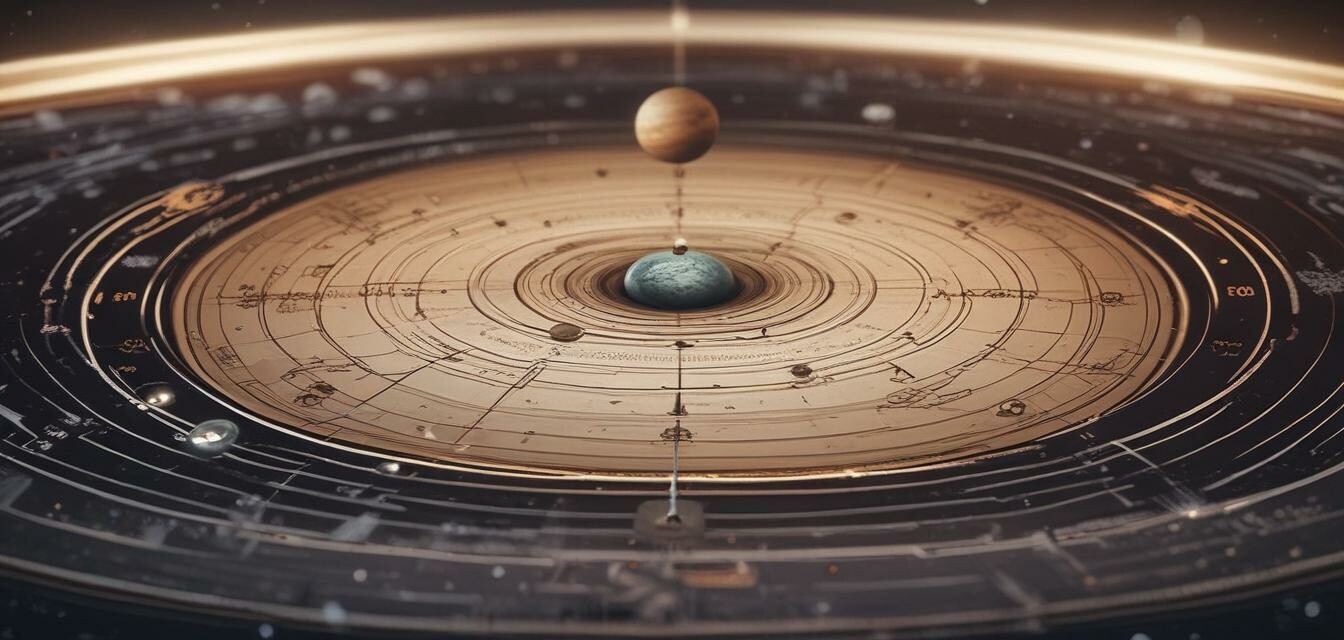
Pros
- Wide range of options available.
- Can be used for viewing other celestial objects, not just planets.
- Can be a fun and educational hobby.
Cons
- Can be expensive, especially for high-quality telescopes.
- May require some technical knowledge to use effectively.
- Weather conditions can affect viewing quality.
Conclusion
With so many options available, choosing the best telescope for planet viewing can be overwhelming. By considering the key features and types of telescopes, you can make an informed decision and start exploring the wonders of the universe.
Remember to check out our product categories for more information on the different types of telescopes and accessories available.
